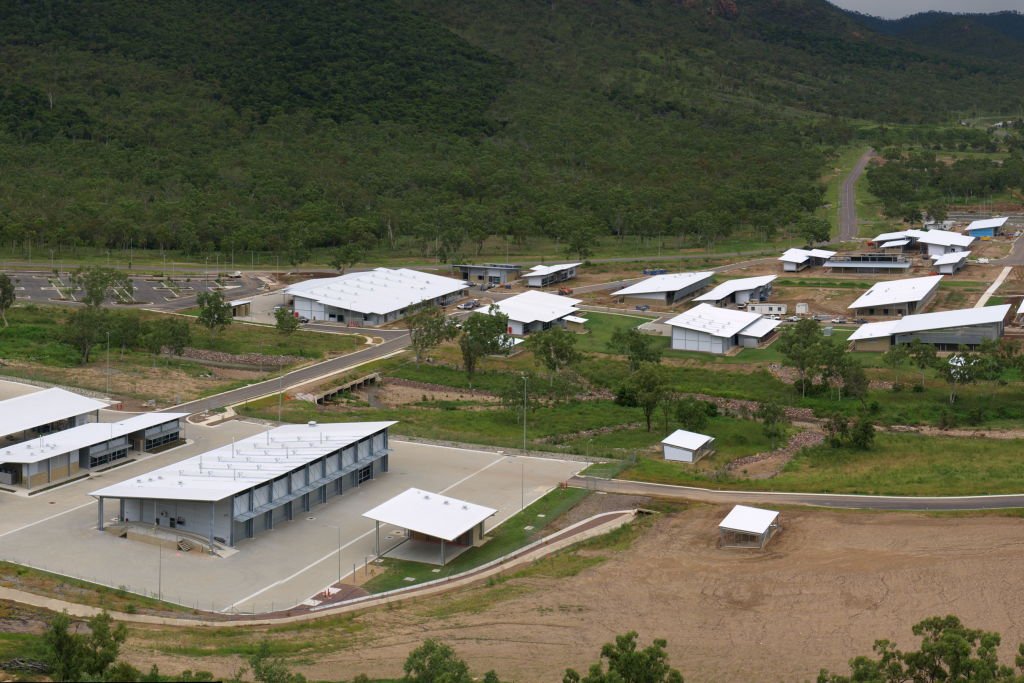
Securing Explosive Ordnance for the Future
Explosives Ordnance Logistics Reform Program Works Package 2
#Overview
The overall program is upgrading and modernising explosive ordnance (EO) facilities within existing EO depots around Australia. The works packages were divided and then spit into sub-packages. We are delivering two sub-packages at a total of five sites across Victoria and New South Wales. Works including the construction of admin buildings, earth covered buildings, light frangible buildings, a quarantine inspection facility, and civil and engineering services.
#Details
Various locations in Victoria and New South Wales
Department of Defence
$127 million
In Progress
2018-2020
5 bases
Across Victoria and New South Wales
14
Earth-covered buildings
#Delivery
Updates and Upgrades for Australia’s EO Facilities
Trusted delivery
The first works package delivered at EO Depot Myambat had a much larger scope than the second package. Several facilities were constructed and commissioned concurrently, including a guard house, flare store, mechanical handling equipment store, three light frangible buildings and 10 earth covered buildings. The second package consists of works at EO Depot Mangalore, EO Depot HMAS Cerberus and Point Wilson Explosives Area in Victoria, as well as EO Depot Twofold Bay in NSW. The exact facilities differ from site to site, but each includes the installation and/or updating of security services to achieve the objectives of the overall project.
With the handover of stage 2 works at Mangalore taking place during a global pandemic, the defects inspection was potentially going to be delayed. The client proposed a workaround solution to eliminate impact on compliance and licencing approvals by relying on reports as an interim measure. This demonstrated their trust in our commitment to excellence and outstanding track record.
Learning and adapting
Having previously delivered EO facilities at Puckapunyal and Mangalore, we gained a sophisticated insight into the potential issues that might arise during the construction of earth covered buildings. This experience was directly transferable to this project and we shared with Defence consultants the details incorporated into project documentation for EOLRP.
The staging of construction was staggered over the separate bases, which allowed our team to identify any issues that arose in the earlier stages and apply the relevant solutions moving forward. This improved the overall quality of the delivery, benefited safety outcomes, and cut down on both costs and time. Such was the case at the Twofold Bay site, where construction was completed two months ahead of schedule and allowed us to bring later stages forward.

Defence
